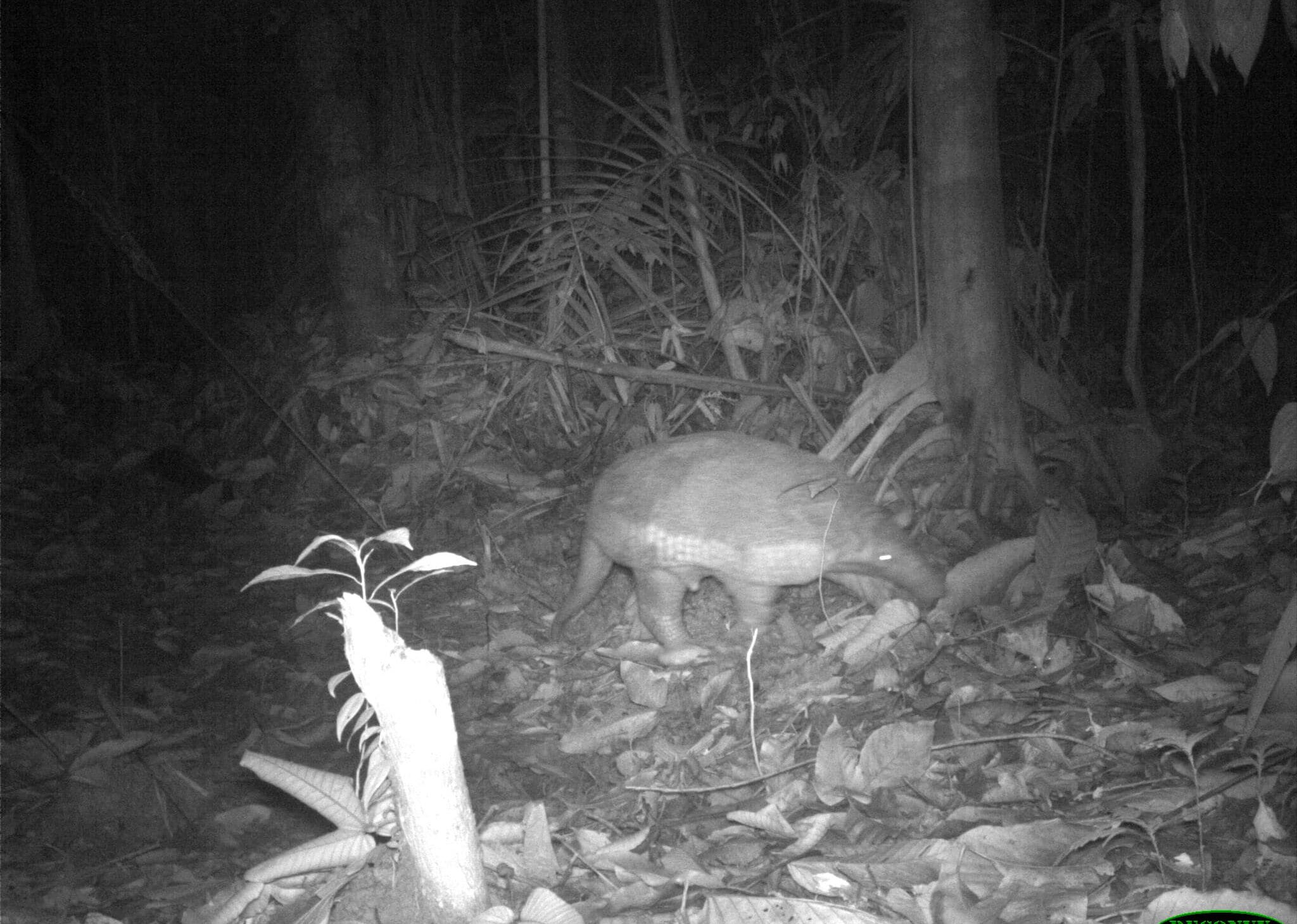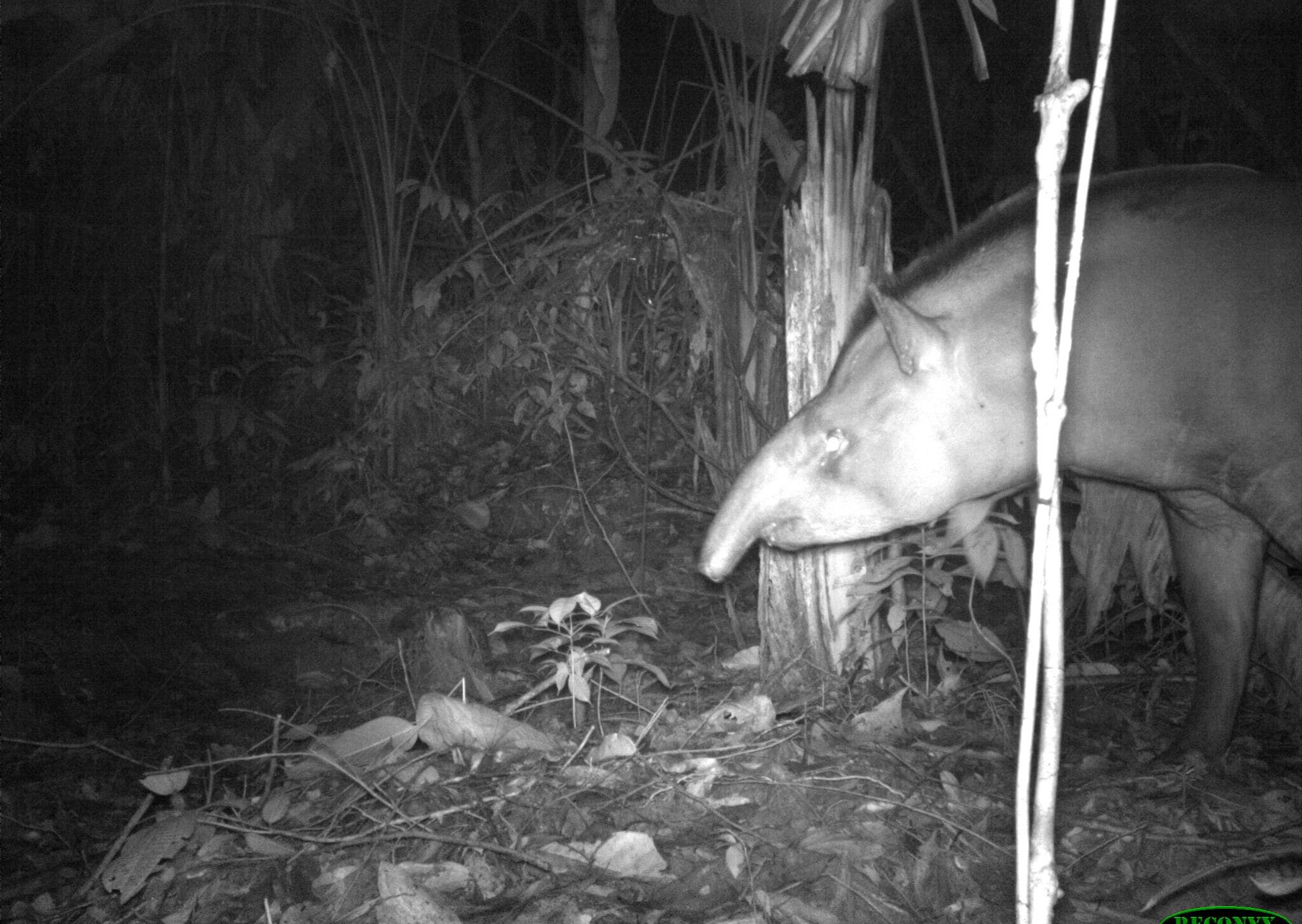PhD Project
Implications of the night closure of the highway BR-174 inside the Waimiri-Atroari Indigenous Territory for biodiversity conservation and community safety
This project investigates the role of the Waimiri-Atroari (WA) indigenous community’s night traffic restriction on the BR-174 highway in mitigating biodiversity loss in the Amazon Forest. The BR-174, a federal highway that traverses Brazilian territory, was built during the military dictatorship as a policy to colonize the country’s northern region, including the Amazon Forest. During its construction from 1977 to 1983, the rights of many indigenous communities were violated. The WA, a population of indigenous people residing between the states of Amazonas and Roraima, experienced a significant decrease in their population from 2,973 to 323 individuals, being considered one of the most severe genocides during the military government. About 40 years ago, the WA community began daily blocking access to the 125km stretch of the BR-174 within their territory, between 6 pm and 6 am. This restriction primarily aims to ensure the community’s safety by preventing attacks on their villages at night and, secondly, to protect wildlife. However, this blockage still has unknown ecological impacts and generates significant social conflicts with the government and the private sector.
From an ecological standpoint, very few studies were conducted on quantifying animal roadkill in the Amazon Forest, and the current context of increasing road expansion and deforestation in the region threatens species’ survival. This project aims to evaluate the impacts of the BR-174 blockage on biodiversity by assessing the number of roadkill inside and outside the reserve and the influence of the barrier effect on local mammals. To accomplish this, we will install camera traps and audio recordings to assess the species’ occupancy at varying distances from the highway. From a social perspective, we will also evaluate the motivations for the road closure through interviews with the WA community members and understand how new governance structures are formed and the main drivers of success or failure. As a result, the project will provide valuable information for road expansion policies that could minimize the costs for wildlife and people.
Outcomes and impacts




